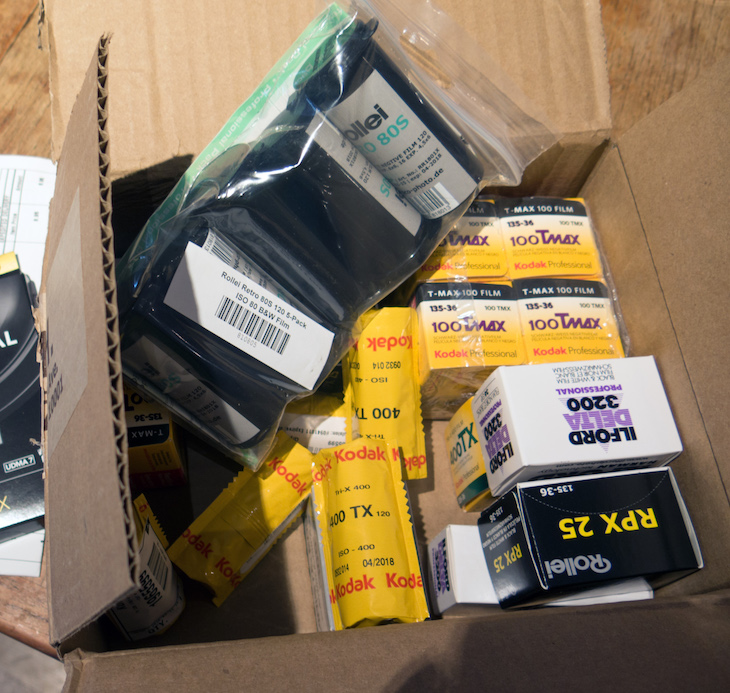A little over a year ago, I shared with you how to sanitize packages to protect against COVID-19. Since then, some medical professionals and scientists expressed concern over people excessively sanitizing their packages. The CDC initially provided mixed and unclear advice, which we fact-checked and found inconsistencies. Despite the confusion, many of you continued to follow the package sanitization tips I shared.
Recently, the CDC updated its stance on surface transmission of COVID-19, specifying that the likelihood of getting infected from surfaces is extremely low—less than 1 in 10,000 cases. Does this mean sanitizing packages is unnecessary? The community has been debating this in forums, so here's my take:
- The CDC’s advice remains contradictory, but the chances of catching COVID from surfaces are indeed minuscule.
- Ultimately, it’s about how much risk you're willing to accept. If you're dining out or visiting crowded places like Disney World, sanitizing packages likely won't make much difference.
- On the other hand, if you're being extra cautious and live with someone who is particularly vulnerable, sanitizing packages could still be worth the effort.
- Sunlight seems to be far more potent against the virus than previously understood.
The advice is still unclear. A few points to clarify:
- Surface transmission has never been the main way COVID spreads. The real danger often lies with people, not objects. When the CDC mentions "fomites," think of them as contaminated surfaces.
Confusing aspects of the new CDC advice include:
- They simultaneously state that it's unclear how much surface transmission contributes to infections while asserting that the risk of infection from surfaces is low, less than 1 in 10,000.
- They mention that surface disinfection helps prevent transmission within households but don’t recommend routine disinfection outdoors or in public spaces.
- There’s a discrepancy about whether soap and water suffice or if EPA-approved disinfectants are necessary.
This feels like advice drafted by a committee with conflicting opinions. Let’s hope officials sort this out to establish clearer guidelines. For now, the key question remains: Do you still need to sanitize packages?
In short, probably not. But as always with COVID-19, it depends on your comfort level with risk. In the U.S., there have been around 31 million cases. Using the 1 in 10,000 statistic, that suggests about 0.01% of cases result from surface transmission, meaning roughly 3,100 cases may have come from surfaces.
Doctors and scientists agree there’s a small chance of surface transmission, though it’s incredibly rare. The CDC report reiterates that SARS-CoV-2 lasts longer on non-porous materials than porous ones. Exact survival times are hard to pin down, but typically, the virus lasts up to 24 hours on cardboard and up to 72 hours on non-porous surfaces. However, the CDC notes the virus can dissipate within minutes on certain porous materials.
Packages are more complex than just cardboard—they usually have some tape and non-porous items inside. I previously recommended quarantining packages for three days. This ultimately comes down to how much risk you're willing to tolerate.
Here are my updated guidelines:
- If you're living life normally, there's no need to sanitize packages.
- If high-risk individuals in your household are fully vaccinated, there's likely no significant benefit to sanitizing packages.
- If unvaccinated high-risk individuals live with you and you're taking every precaution, sanitizing packages might still be worthwhile.
- Regular handwashing or sanitizing is always a good practice, especially after touching unfamiliar surfaces. Use a trusted hand sanitizer.
You may not even need to use disinfectant sprays. Recent studies show SARS-CoV-2 is far more sensitive to sunlight than expected.
Sunlight vs. COVID-19
In my initial guide, I mentioned sunlight wasn't effective against SARS-CoV-2. However, new research from UC Santa Barbara challenges that notion. Lab tests showed solar radiation deactivating the virus in 10 to 20 minutes, much faster than previously thought—up to 3 to 8 times faster. Scientists are puzzled since SARS-CoV-2 appears more sensitive to UV-B rays than any other known virus.
The current theory is that UV-A, another part of natural sunlight, has a stronger effect than assumed. It's well-known that UV-C, not present in natural sunlight, is effective but harmful to humans.
Thankfully, sunlight seems more effective than previously believed. If you're worried about a package, leaving it in direct sunlight for half an hour could minimize the already small risk of catching COVID from a package. Turn the package to expose all sides to sunlight, and if possible, open it to let the interior and contents soak up the light.

I hope this clarifies things a bit. Stay safe and take care!
Wooden Stick,Round Heads Cotton Buds,Cotton Buds,Wooden Stick Cotton Bud
COTTONWHISPER (TAIZHOU) DAILY PRODUCTS CO.,LTD , https://www.cottonwhipershop.com